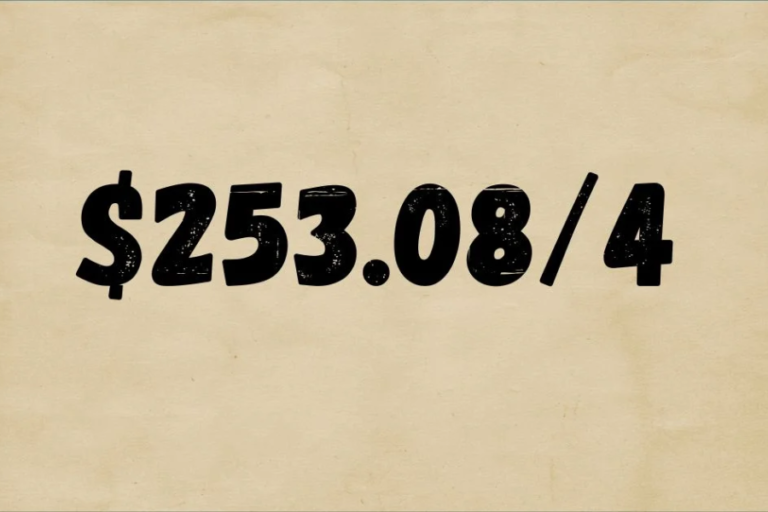Uncuymaza: Weaving Culture, Tradition, and Art
Uncuymaza is not just a craft—it’s a vibrant representation of the culture, history, and identity of the Andean people. This intricate weaving tradition comes from the indigenous communities of Peru, where every piece is a visual narrative rich with meaning. Through uncuymaza, artisans express the stories of their ancestors, blending historical knowledge with artistic mastery. In this exploration, we’ll dive into the origins, cultural importance, and evolution of this beautiful art form, and discover how it continues to thrive in today’s world while staying true to its roots.
The Roots of Uncuymaza: History and Heritage
The story of uncuymaza begins deep in the Andean highlands, where this ancient weaving technique has been passed down through countless generations. For centuries, this craft was integral to daily life, not just for its aesthetic value but also for its practical and spiritual uses. Historically, uncuymaza was used in important ceremonies and rituals, often serving as a bridge between the material and spiritual worlds.
As trade networks expanded through the Andes, the craft evolved, allowing artisans from different regions to exchange techniques, materials, and ideas. Yet, despite its growth and adaptation, uncuymaza has remained a symbol of Andean identity and connection to nature. Each woven item tells a unique story, embodying the history and values of the community where it was made.
Why Uncuymaza Matters: Cultural Significance
Uncuymaza is more than just an artistic tradition—it’s a living testament to the history, values, and resilience of the Andean people. Each piece of fabric holds within it centuries of stories, beliefs, and knowledge passed down from generation to generation. The designs, often inspired by the surrounding natural landscape or spiritual symbols, serve as a way to connect with ancestors and the environment.
The creation of uncuymaza also plays a key role in fostering social bonds within communities. Families often gather together to weave, sharing techniques, stories, and experiences as they work. This communal aspect strengthens not only family ties but also the continuity of their cultural heritage in the face of an ever-changing world.
In a globalized society, preserving such crafts becomes essential. It helps maintain a sense of identity and connection to the past, while also offering a window into the unique cultural expressions of indigenous people.
The Art of Making Uncuymaza: Process and Precision
Creating uncuymaza is a painstaking process that highlights the expertise and dedication of its artisans. It begins with the selection of raw materials, often locally sourced, such as natural fibers and plant-based dyes. These materials are carefully prepared using methods passed down through generations.
The weaving process itself is an art form. Artisans use a complex set of techniques to create patterns that are not only visually stunning but also deeply symbolic. Each design tells a story or represents an element of the weaver’s cultural heritage. After the weaving is complete, additional touches are added to ensure both beauty and durability.
The entire process requires immense skill, patience, and attention to detail, making every piece of uncuymaza a unique creation that reflects both the artisan’s expertise and the rich traditions of their community.
Traditional and Ceremonial Uses of Uncuymaza
Uncuymaza plays a vital role in various cultural and ceremonial practices. In many Andean communities, these textiles are used during festivals and religious rituals, where they serve as symbols of cultural pride and identity. Worn or displayed during important events, uncuymaza pieces not only highlight the craftsmanship of the wearer but also communicate the stories, beliefs, and values of their ancestors.
In family settings, the knowledge of creating uncuymaza is passed down from elders to the younger generations. This act of teaching and learning helps preserve the craft and keeps the cultural heritage alive. Additionally, uncuymaza often features in significant life events, such as weddings or childbirth ceremonies, where the textiles are imbued with meanings of blessing, protection, and community well-being.
Each piece’s color, pattern, and design are carefully chosen to reflect local beliefs, traditions, and the natural environment, weaving together past, present, and future in every thread.
Uncuymaza in the Modern World: Innovations and Evolution
As the world around it changes, so too has uncuymaza evolved to stay relevant while preserving its core traditions. Today’s artisans are blending ancient techniques with modern influences to create innovative designs that appeal to a broader audience. Eco-friendly fibers, plant-based dyes, and sustainable materials have become popular choices among contemporary weavers, allowing them to honor their traditions while embracing environmentally conscious practices.
The rise of digital platforms has also played a significant role in bringing uncuymaza to the global stage. Social media and online marketplaces allow artisans to showcase their work to a wider audience, sparking interest and demand from people around the world. Collaborations between traditional weavers and modern designers have led to exciting new interpretations of the craft, further expanding its reach while maintaining respect for its historical roots.
This fusion of tradition and innovation ensures that uncuymaza continues to thrive in today’s fast-paced world, offering a beautiful example of how culture can adapt while staying true to its origins.
Conclusion
Preserving traditional crafts like uncuymaza is essential not only for maintaining cultural heritage but also for fostering a sense of identity and continuity. These crafts are more than just artistic expressions—they carry within them the stories, values, and wisdom of entire communities. As modernization and globalization threaten to overshadow such traditions, efforts to protect and promote these crafts become increasingly important.
By supporting artisans and raising awareness of the cultural significance behind uncuymaza, we can help ensure that this beautiful art form continues to flourish. Educational workshops, exhibitions, and online platforms can all play a role in inspiring future generations to appreciate and carry on these timeless traditions.
In celebrating uncuymaza, we honor both the artisans of today and the countless generations who came before them, ensuring that this vibrant cultural heritage remains a living part of our collective identity for years to come.
Stay in touch to get more news & updates on Forbes Take!






